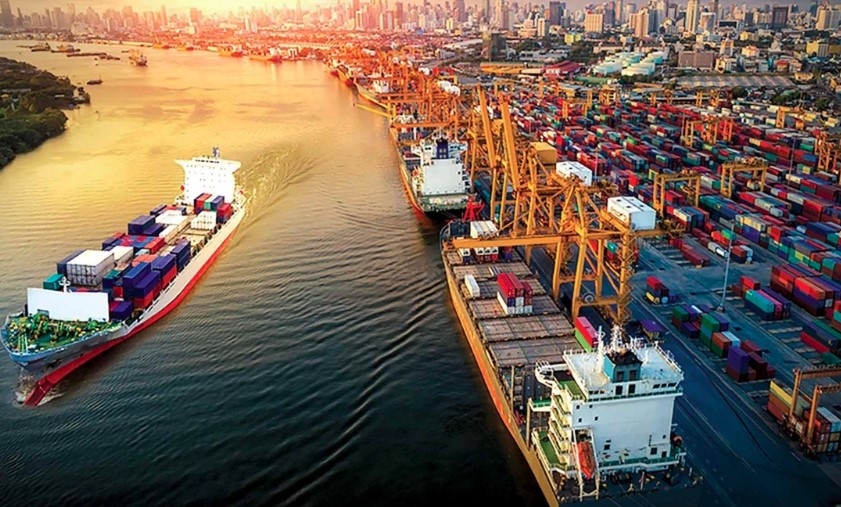According to Adam Samdin, an assistant economist at global economic forecasting firm, Oxford Economics, Vietnam's remarkable growth stems from its robust manufacturing sector and rising domestic demand, which have been key drivers for the national economy.
Vietnam's growth has been surprising. Rather than relying on external demand, the nation has rebounded through strong domestic demand, especially in the third and fourth quarters, said Samdin.
Domestic consumption growth has been fueled by rising wages, particularly in FDI sectors, where salaries are 14% higher on average than in the non-state sector, according to a recent survey. He emphasized that FDI not only boosts domestic consumption but also accounts for the largest share of Vietnam's exports.
Foreign direct investment contributes about 75% of all Vietnamese exports. FDI enterprises are supported by government policies, which create structural conditions to sustain export growth in the coming years, said Samdin. He also noted that FDI growth is expected to flourish due to multinational corporations diversifying their markets to mitigate risks.
In light of fragile global trade recovery and potential trade wars in 2025, increased FDI inflows will remain a driving force and a testament to Vietnam's economic competitiveness. In Southeast Asia, labor costs and supportive government policies are key competitive factors. For Vietnam to attract more FDI, the government needs to implement more attractive policies to nurture these enterprises, Samdin added.
Vietnam's ability to adapt quickly to global economic changes and recover from natural disasters is seen as a crucial foundation for meeting the goals outlined in its 2021–2025 socioeconomic development plan.
In 2024, Vietnam’s GDP growth of 7.09% is only slightly lower than the record highs of 2018, 2019, and 2022. The agro-forestry- fisheries sectors achieved a positive growth rate of 3.27% despite natural disasters and flooding. The industrial and construction sectors saw a strong recovery, with industrial growth reaching 8.32%. Meanwhile, trade and tourism maintained robust growth. The added value of the service sector in 2024 soared by 7.38%, higher than the growth rate of 6.91% in 2023.
Export turnover in 2024 reached US$405.53 billion, a 14.3% increase compared to the previous year. Imports totaled US$380.76 billion, up 16.7%.
As of December 31, 2024, FDI disbursement increased by 9.4%, reaching US$25.35 billion, despite a slight decline in registered FDI capital to US$38.23 billion.
Dr. Nguyen Thuong Lang, Associate Professor at the National Economics University, remarked, "With nearly US$800 billion in export-import turnover, this growth provides a strong impetus for economic restructuring toward exports. Vietnam can leverage its free trade agreements to mobilize domestic resources effectively."
Additionally, over 233,000 enterprises were newly established or resumed operations in 2024, an increase of 7.1% from the previous year. On average, nearly 19,500 businesses were launched or resumed operations monthly.
However, rising costs of imported raw materials, influenced by global prices and exchange rates, are adding pressure to production costs and inflation. According to Nguyen Thu Oanh, director of the Price Statistics Department, policies such as stimulus packages, credit expansion, and public investment can address business challenges and spur growth but may also exert inflationary pressure if money supply is not properly controlled.
Vietnam's strong growth in 2024 highlights the country’s resilience, its strategic focus on FDI, and its growing influence in the global economy.



